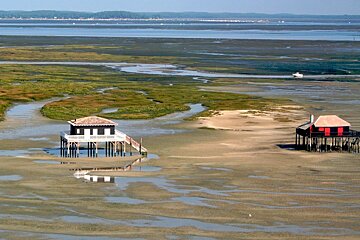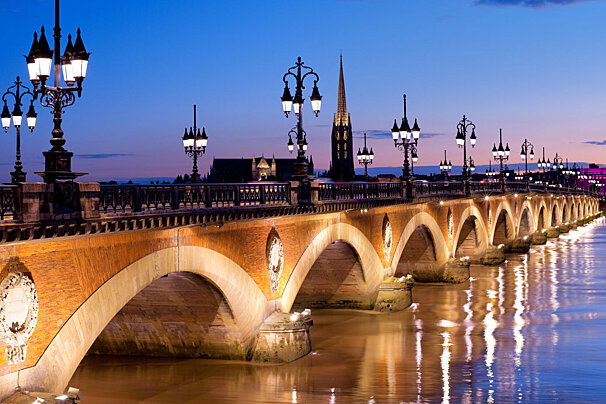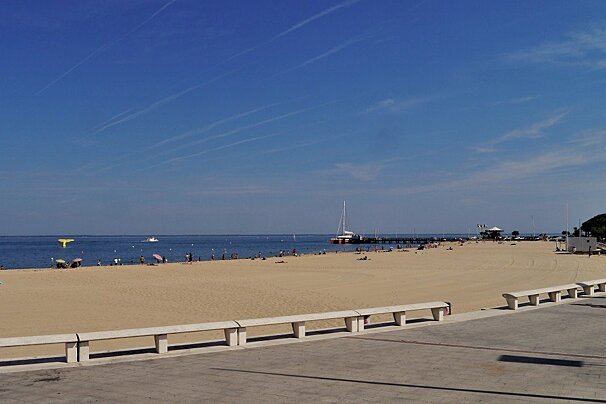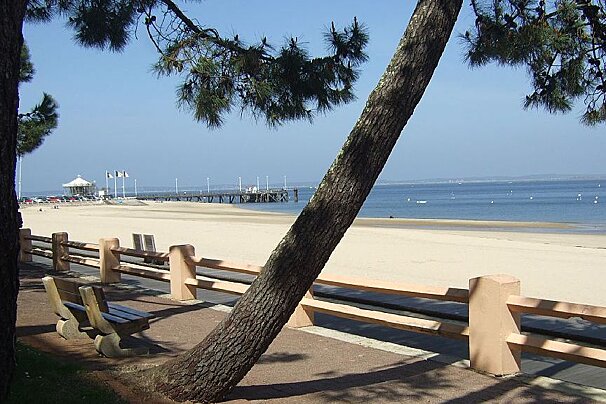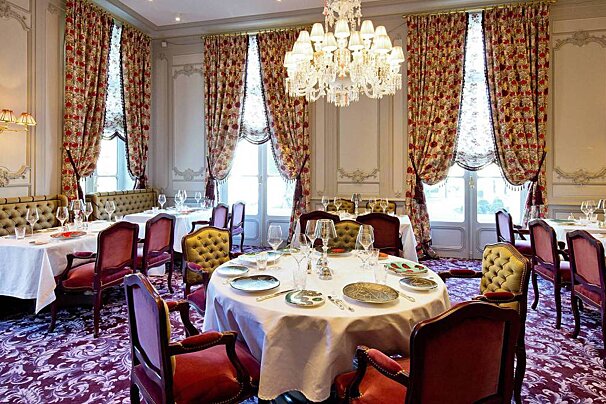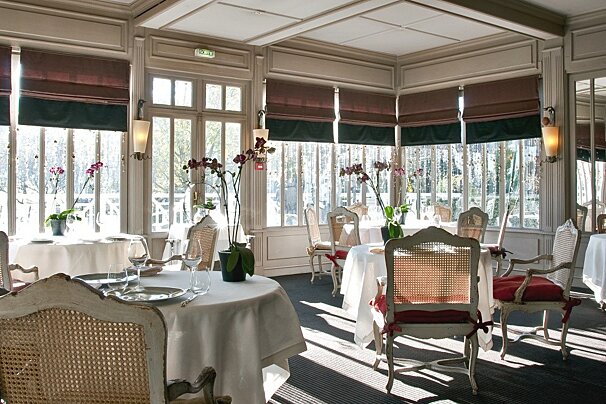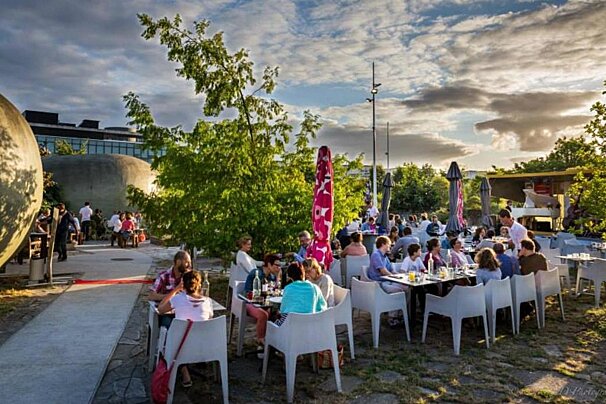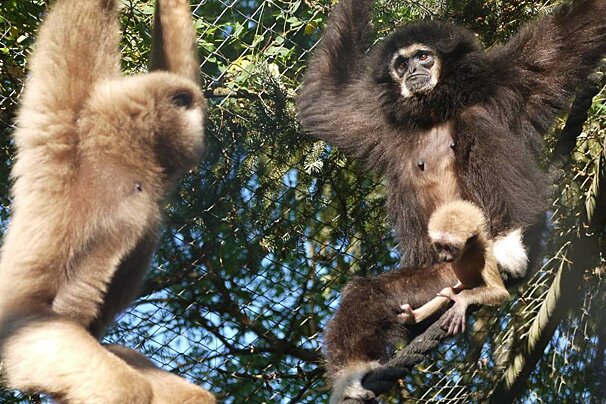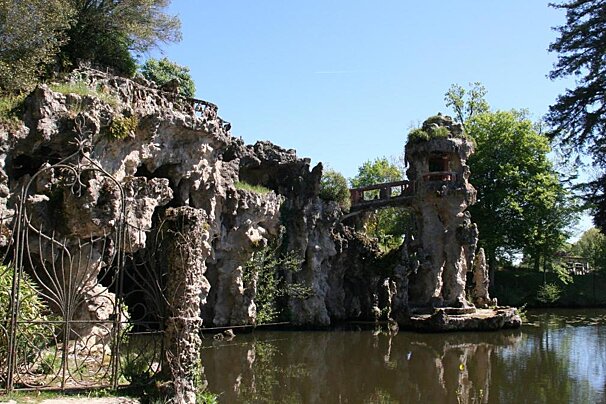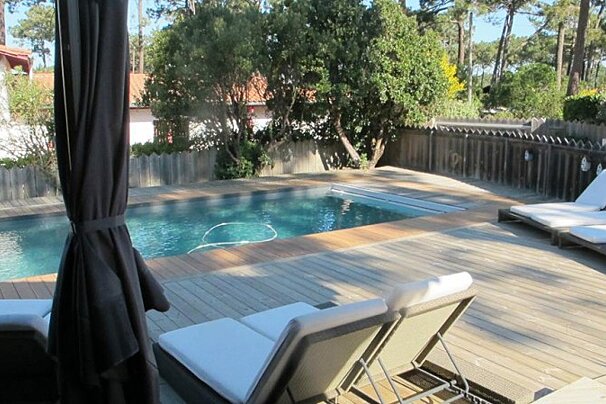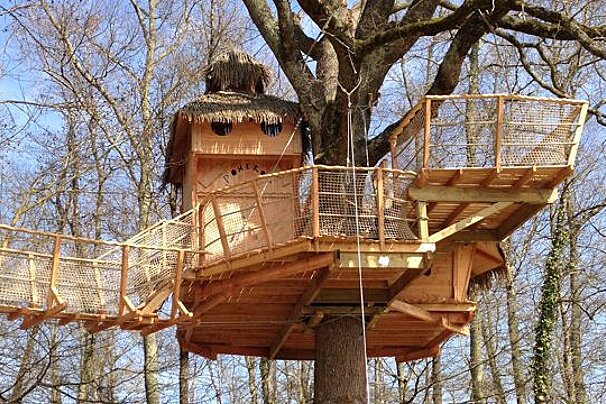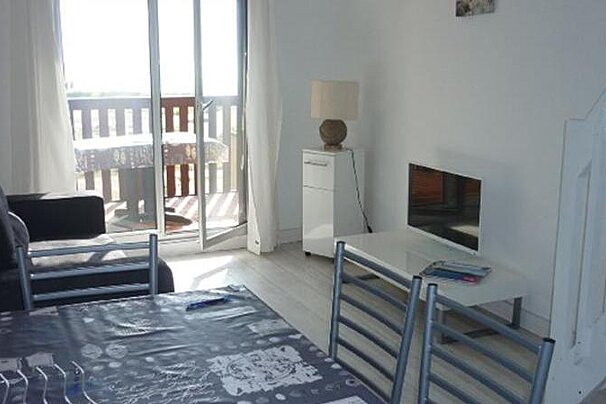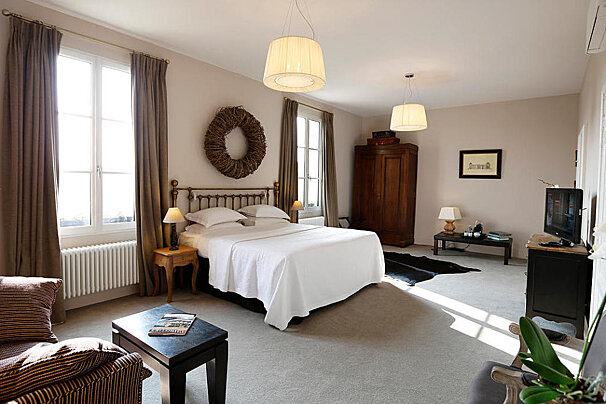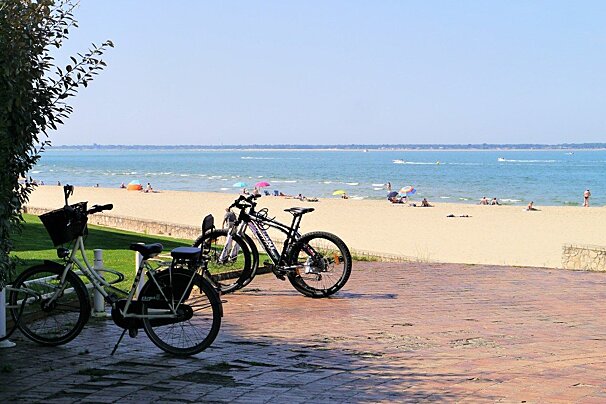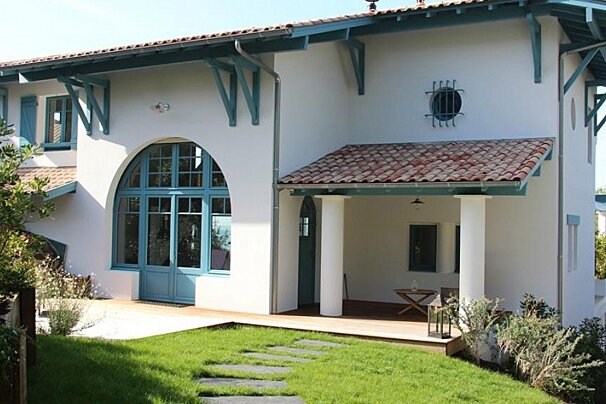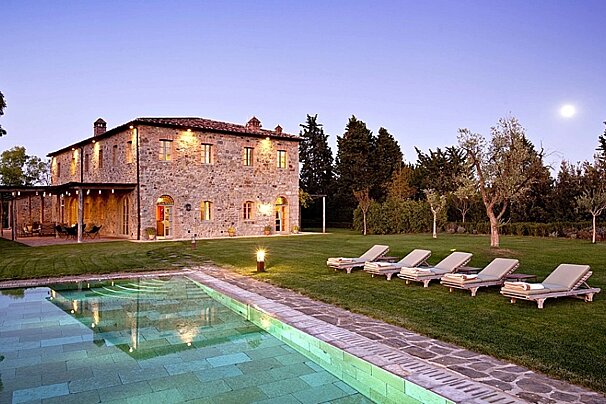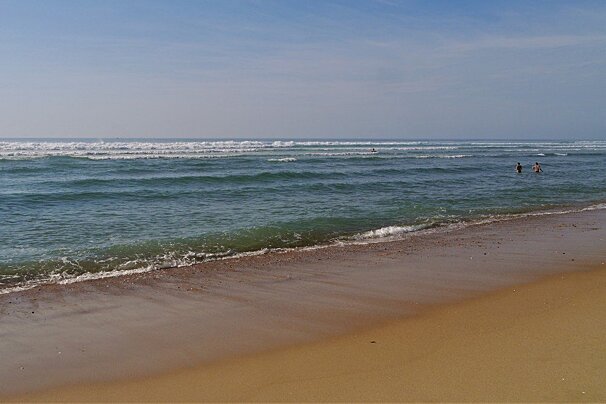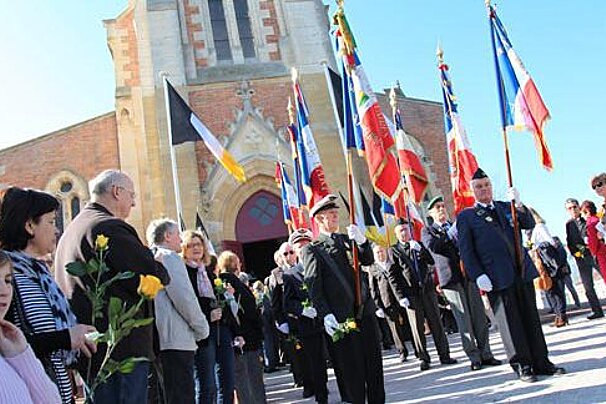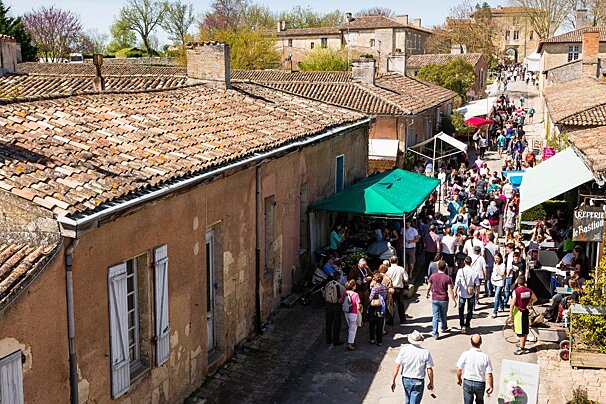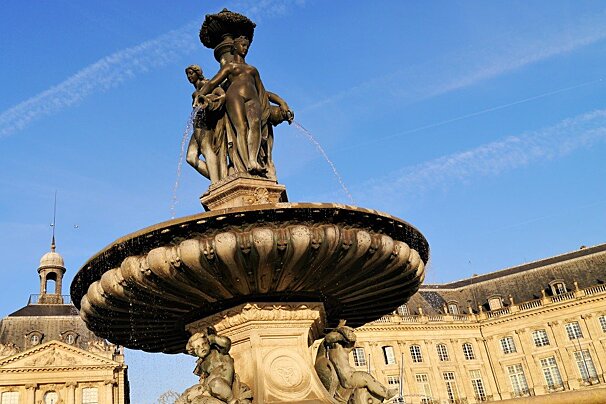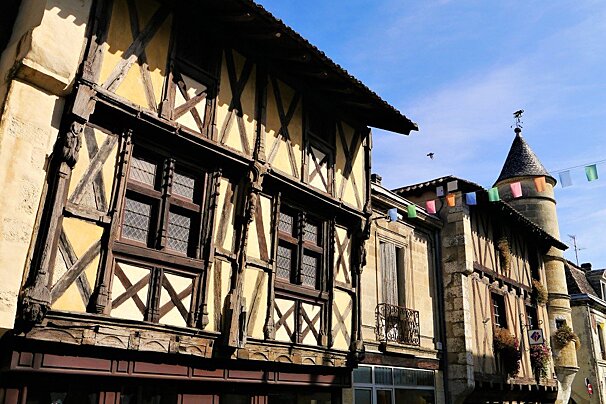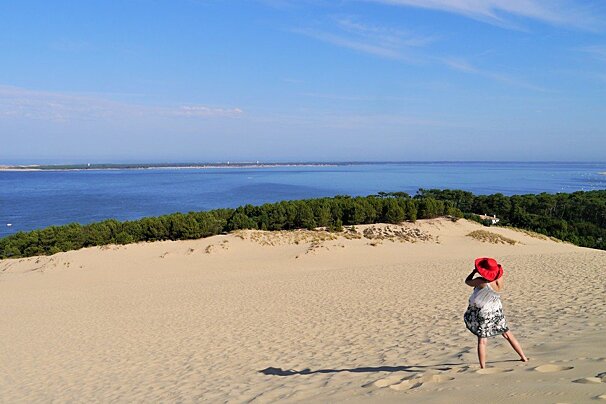During low tide the island stretches to 16km in circumference but is a mere 5km at high tide. Known for its birds, (hence the name) and also the presence of 'Les Cabanes Tchanquées' - houses on stilts.
Many birds visit this island, especially during the migrations, but there are also many who live there year round. For example egrets, curlews, sandpipers and black moorhens. In the autumn the winter migrations bring loons, waders, ducks and brant.
The island itself can be difficult to access as it's shrouded in oyster beds separated by large stakes emerging from the water. This is the beauty of this place, the appearance is of preserved nature. With only a few dwarf trees, heather moors, firs and acacias of Japan, only a few wooden huts often spartan (they were formerly used as oyster farmers who operated parks) attest to human presence. These huts are raised up so that they are not affected by the tidal movement.
There are boat trips to the island from the mainland which is a great day out, especially if you enjoy birdwatching.

